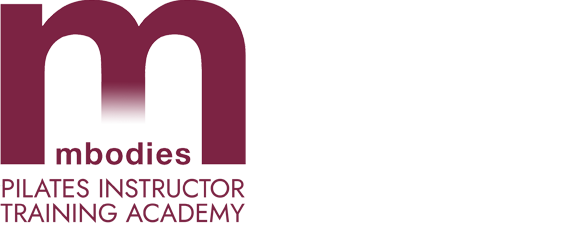Sign up for the
Mbodies newsletter
Mbodies newsletter
This course is not currently available
Enrol on this course
Start dates for this course
Dates for this course are not currently available. If you are interested in this course, please contact us
■ Related links
■ Related courses
- Assessment techniques for Scoliosis management
- Bone Health & Osteoporosis Exercise Specialist Case Studies
- Pilates based treatment of Scoliosis, focusing on Motor Control and Recruitment/ Mat
- Pilates Programming for Scoliosis
- The Hypermobile Client in the Pilates Environment
- The KEYS of Scoliosis Management in the Pilates Apparatus Environment
■ Related specialist qualifications
